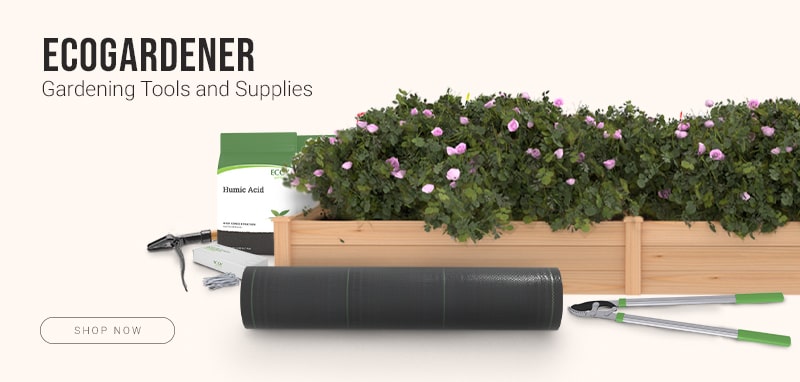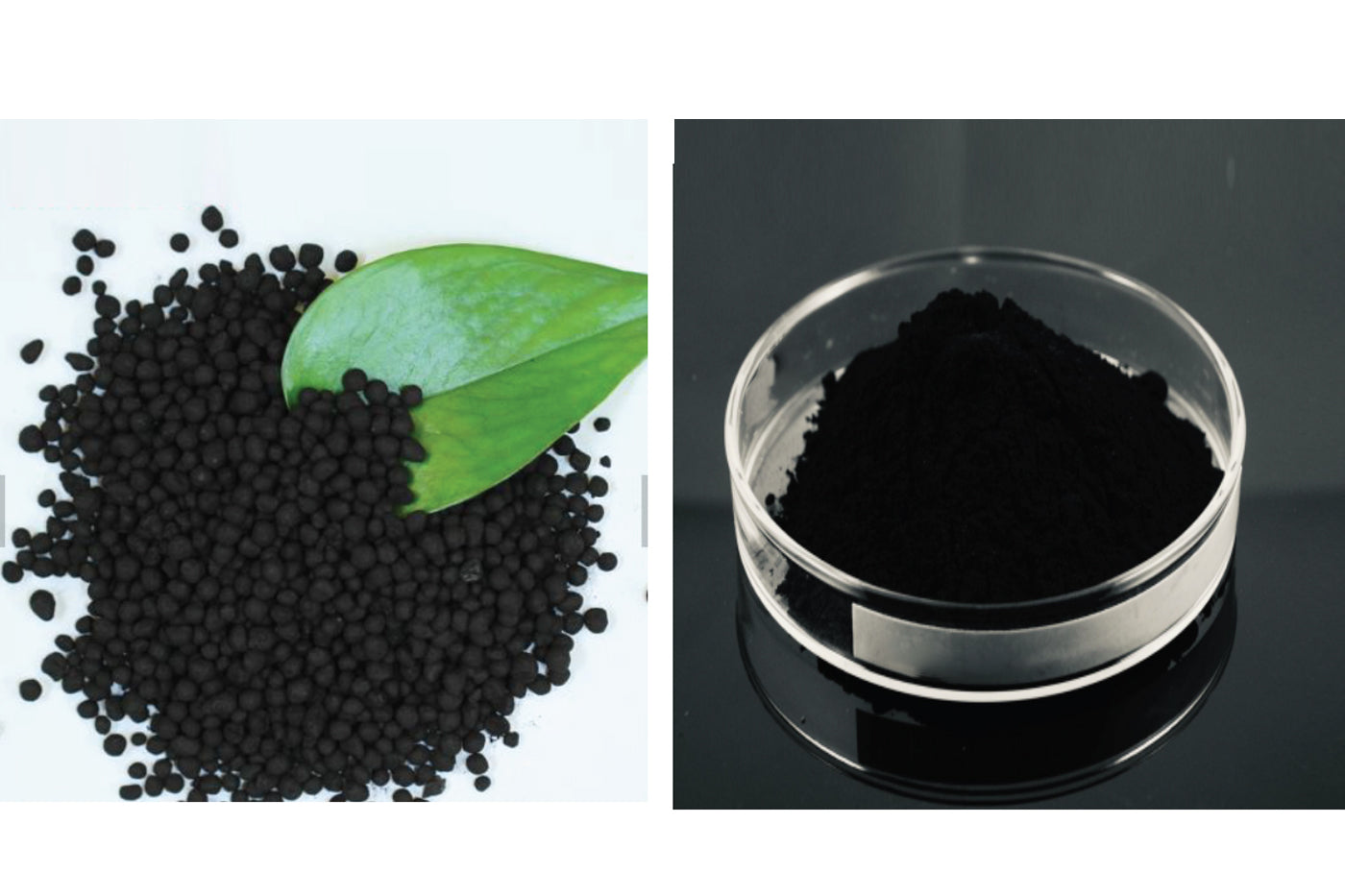If you’ve been growing crops for a long time, then you’re probably familiar with humic acid. What is humic acid, and does your garden need it? How do you apply humic acid, and what are the benefits of using this substance to your plants? Let’s get to know more about humic acid and what it can do for your garden.
Contents []
What is Humic Acid?
Carbon-dioxide producing plants use sunlight to build biomass. The plants feed on soil nutrients from the soil, which are derived from decayed insects and vertebrates. When the plants die, they bring the carbon back to the soil as organic decay.
Over time, the organic decay becomes concentrated and compressed into layers. Eventually, humic acid is formed. It is composed of the final breakdown of plant and animal decay. The acids are created through chemical and biological humification of plant and animal matter, which are broken down further by microorganisms that thrive on the decay.
Once humic acid is formed, it turns into a complex, organic acidic electrolyte. When applied to the soil, humic acid boosts the earth’s nutrient profile.
What are the Benefits of Humic Acid in Plants
What is humic acid and why it is so good for plants? Here’s a quick rundown of the effects of humic acid in plants and its benefits in agriculture.
Boosts Nutrient Uptake in Plants
Humic acid is commonly used to amend soil because it improves nutrient uptake in plants. It boosts nutrient uptake through foliar and soil amendments.
Here’s the thing: not all soil nutrients are absorbed by plants; some need organic acids to facilitate the absorption of certain nutrients. That’s where humic acid comes in; it makes certain nutrients accessible to plants – even nutrients that come from fertilizers. This is the reason why humic acid is often paired with fertilizers.
In soil applications, humic acid is a negatively charged ion that binds with positively charged nutrients such as phosphorus, magnesium, and calcium so plants can absorb these nutrients better through the plants’ root systems. The root systems are negatively charged, attracting more positive ions bound to the humic acid molecules, making inaccessible nutrients more available for absorption.
Protects from Harmful Molecules
Humic acid has the uncanny ability to chelate harmful toxins in the soil, protecting the plants from absorbing toxins from the earth. Toxins are everywhere, including in the soil. Pesticides, heavy metals, and traces of petroleum products are just some of the many harmful compounds plants could absorb from the soil.
Think of humic acid as a barrier that prevents plants from absorbing harmful molecules. Pollutants bind with humic molecules; these are locked up and washed away from the soil instead of being absorbed by plants.
Boosts Soil Moisture
Not all soils can retain water. Loose soils like sandy, low-clay, and arid soils, for example, can be quite dry because the looser particles cannot hold moisture; it’s washed away more quickly or evaporates faster than average soils.
Humic acids can attract and retain moisture. The negatively charged humic acid attracts and attaches itself to water molecules, so they are not flushed away. Humic molecules are so good at boosting water retention in soils that it minimizes water evaporation by up to 30%.
Promotes Microbial Growth
A complex ecosystem within the soil supports plant life and microbial life. Microbes are beneficial to plant health but are quite fragile because of pollutants in the soil.
Humic acid is a part of this cycle; it boosts the microbial population in soil by promoting a healthy microbiome. Microbes are also washed away when the soil is loose. Humic acids support microbial life by being a source of carbon, which is the microbes’ primary food source. Humic acid also serves as a shelter for beneficial critters. Essentially, humic acid offers food and shelter to microbes.
Better Soil Structure
Not all soils can support plant life. The structure of the soil has to be ideal for plants to grow. Soil particles that are very tightly bound, like clay soil, tend to choke plant roots, while loose soils cannot hold moisture for long.
Humic acid’s ability to bind with soil particles boosts the overall structure of the soil. It promotes healthy root growth in high-clay and compacted soil and binds loose low-clay soil particles for better water retention. In addition, humic molecules can remove salts from clay soil, which boosts plant health further.
What is the best humic acid to get for your plants?
Humic acid is simply a term used to describe a complex mixture of different acids. No two humic acids are the same – some change acids and are sourced from different places. Some types of humic acids even act differently when applied in agriculture. Other factors, such as the source material’s age, if the source is exposed to saltwater or freshwater, and exposure to certain elements will affect the quality of humic acids. How much oxygen, pressure, heat, as well as the age of the source could affect the potency of humic acids.
Humic acids sourced from New Mexico are considered the best. New Mexico is regarded as the world’s premium source of humic acids. That said, it’s essential to do your research and go for high-quality products to achieve the desired results.
Humic acids are incredibly helpful in improving plant health. Crops become more resistant to stress, and harvest becomes more bountiful after every growing season! If you’re a grower or a farmer, you will benefit greatly from this wonder product.

ECOgardener is a premier supplier of high-quality products and gardening tools. You can visit our store to find certified organic products like humic acid for agricultural, horticulture, ornamental and more.



